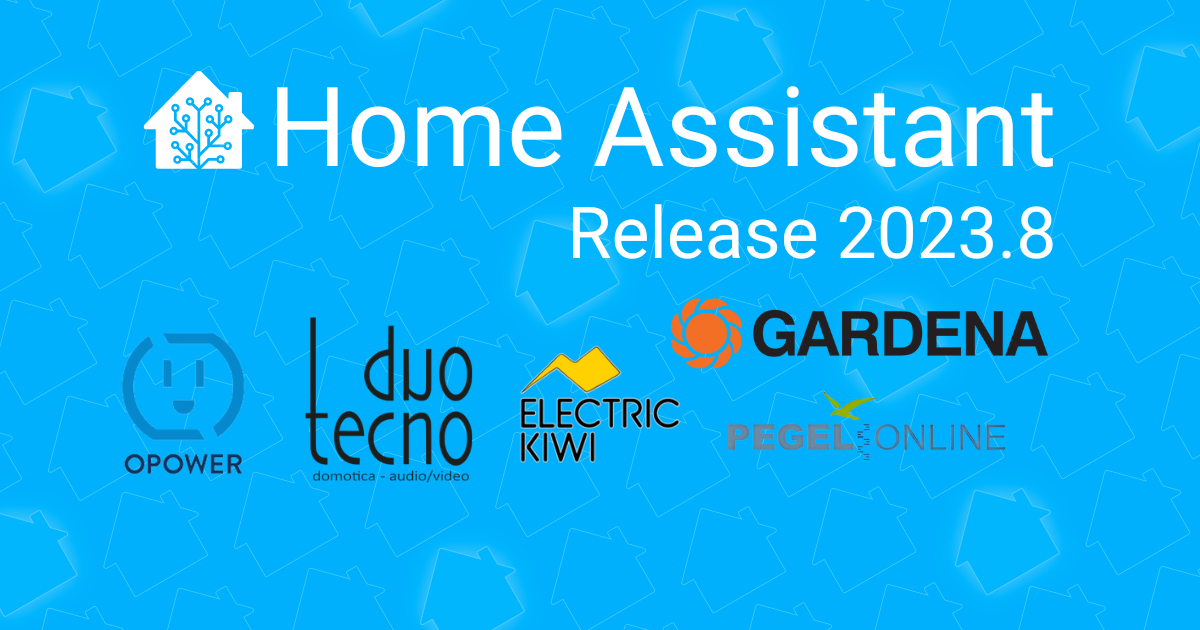The only issue with doing it this way is that the UI to call the script isn’t as nice as calling the notification service directly, but it isn’t too bad to switch to yaml mode and populate the parameters once you get used to it.
- 1 Post
- 7 Comments
I utilize scripts for all of my notification needs. It allows me to utilize logic based around certain criteria, like this on that will only notify family members at home. If no one is home it will wait and notify the first person to show up. This also allows me to be able to quickly toggle notifications for my wife when I’m testing automations with notifications.
alias: Notify People at Home fields: title: description: The title of the notification example: Laundry message: description: The message content example: Washer Finished! sequence: - if: - condition: state entity_id: zone.home state: "0" then: - wait_for_trigger: - platform: numeric_state entity_id: zone.home above: "0" else: [] - parallel: - if: - condition: state entity_id: person.bob state: home then: - service: script.notify_bob data: title: "{{ title }}" message: "{{ message }}" - if: - condition: state entity_id: person.mary state: home then: - service: script.notify_mary data: title: "{{ title }}" message: "{{ message }}" mode: queued icon: mdi:exclamation-thick max: 10
If you are trying to mark something sensitive out, make sure that you are deleting the actual text or convert the PDF to a flat image after. PDFs can store information in text and images, so if you just draw over some text thinking you are marking it out, there is a chance that the mark out is just a image layer sitting on top of the sensitive text. A way to check this is opening the PDF in Firefox after and toggle Reader View (button in the address bar or F9) to see if you can still see to marked out information.
You keep your files safe by having backups. Multiple copies. Set up the backups to gets copied to another server or other system your regular user doesn’t have access to. Ideally, you follow the 3-2-1 backup standard if the files are important. That is 3 copies, on 2 different media, and 1 offsite. There are many ways of accomplishing that and its up to you to figure out what works best.

 1·11 months ago
1·11 months agoYou can create a generic thermostat with a switch and temperature sensor. I do this for my 3D printer enclosure when I needed to keep it warm in my basement with a smart switch and a cheap plug in heater.
https://www.home-assistant.io/integrations/generic_thermostat/

 1·1 year ago
1·1 year agoI use a Honeywell Z-Wave thermostat with Home Assistant. All local and I not only do I have schedules based on time of day, but it also adjusts the temperature based on if people are home or not.



I don’t have V-Rising, and I’m sure a lot of this stuff is hardware dependent, but according to a couple of reports on ProtonDB, there might be a kernel bug causing issues with it.
https://www.protondb.com/app/1604030
I just installed bazzite on my LCD Steam Deck this week and it has been pretty solid so far, but obviously the hardware support for it is top notch thanks to Valve. I didn’t have really any issues with regular SteamOS either and just wanted to try something a bit more customizable.
And really Linux gaming on the Steam Deck feels like cheating, especially compared to trying to run games via wine before the proton days.